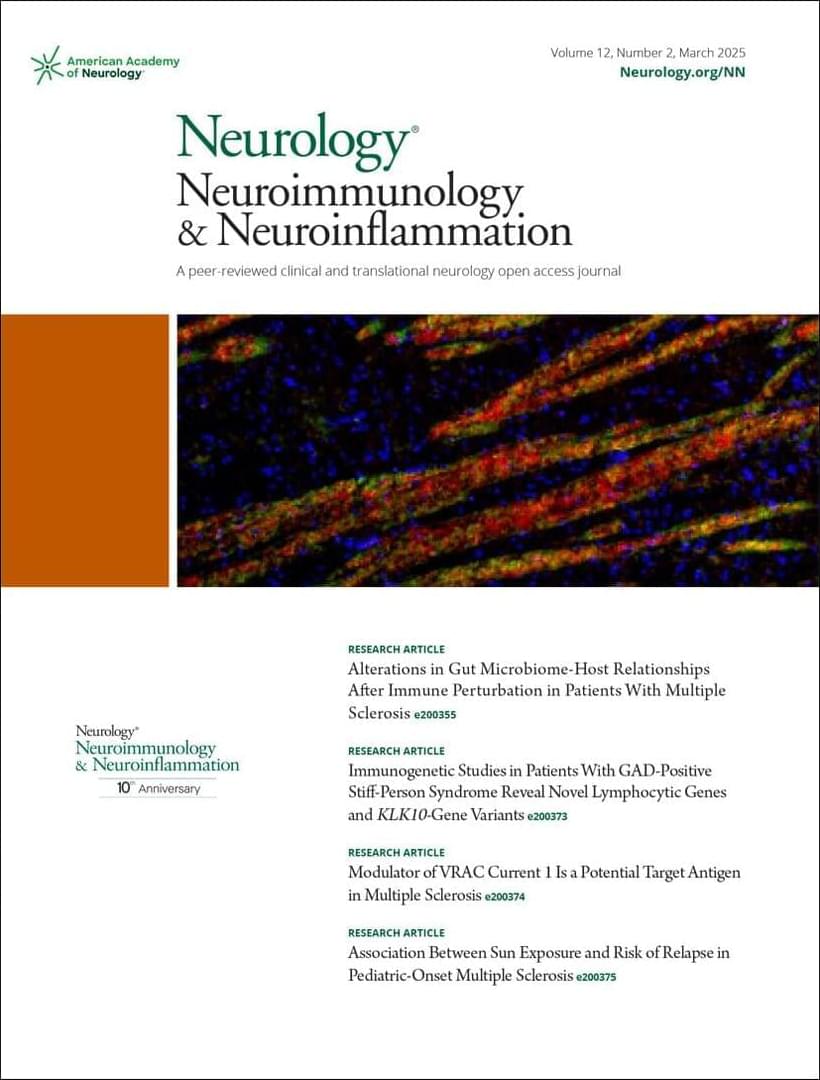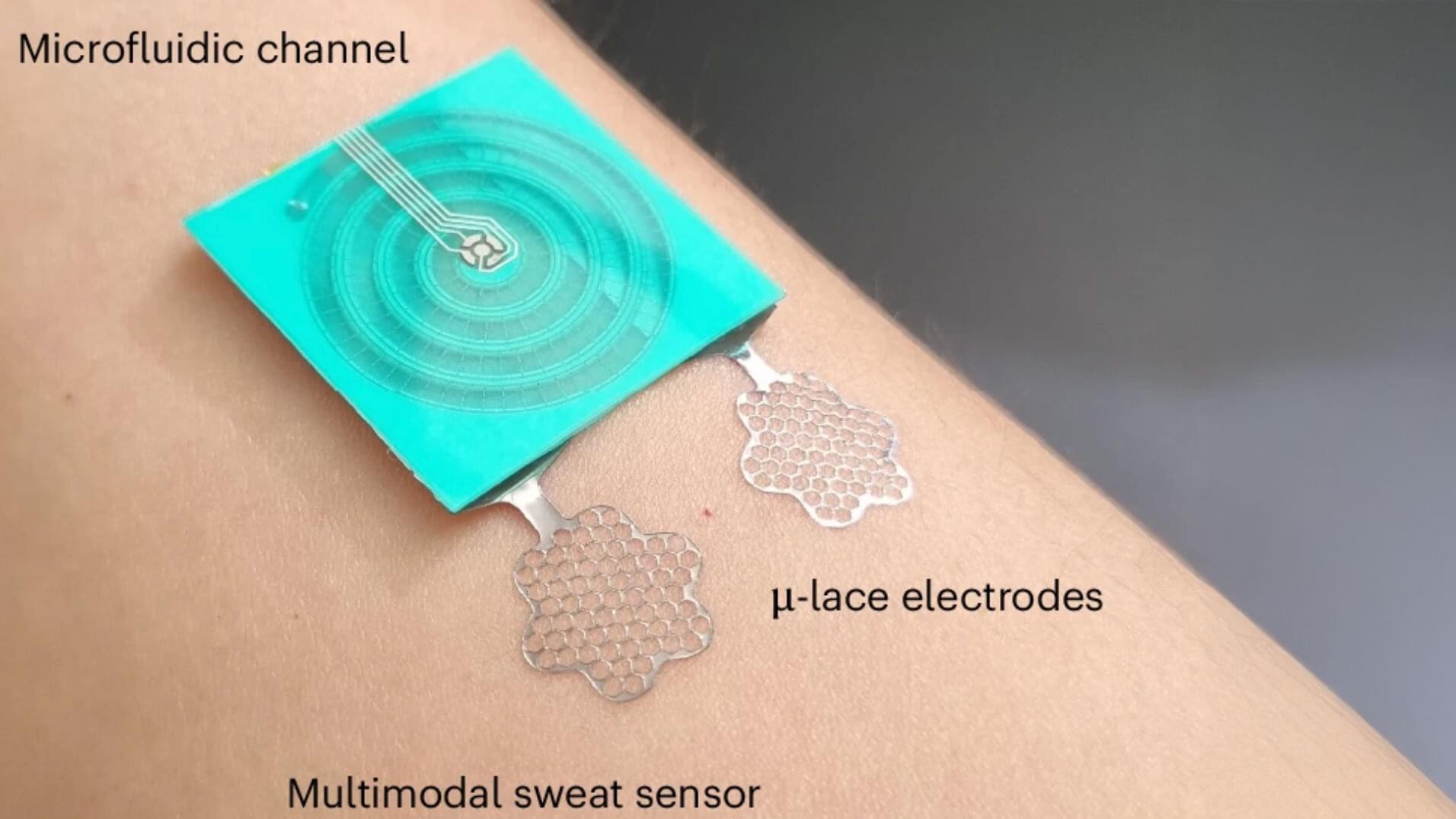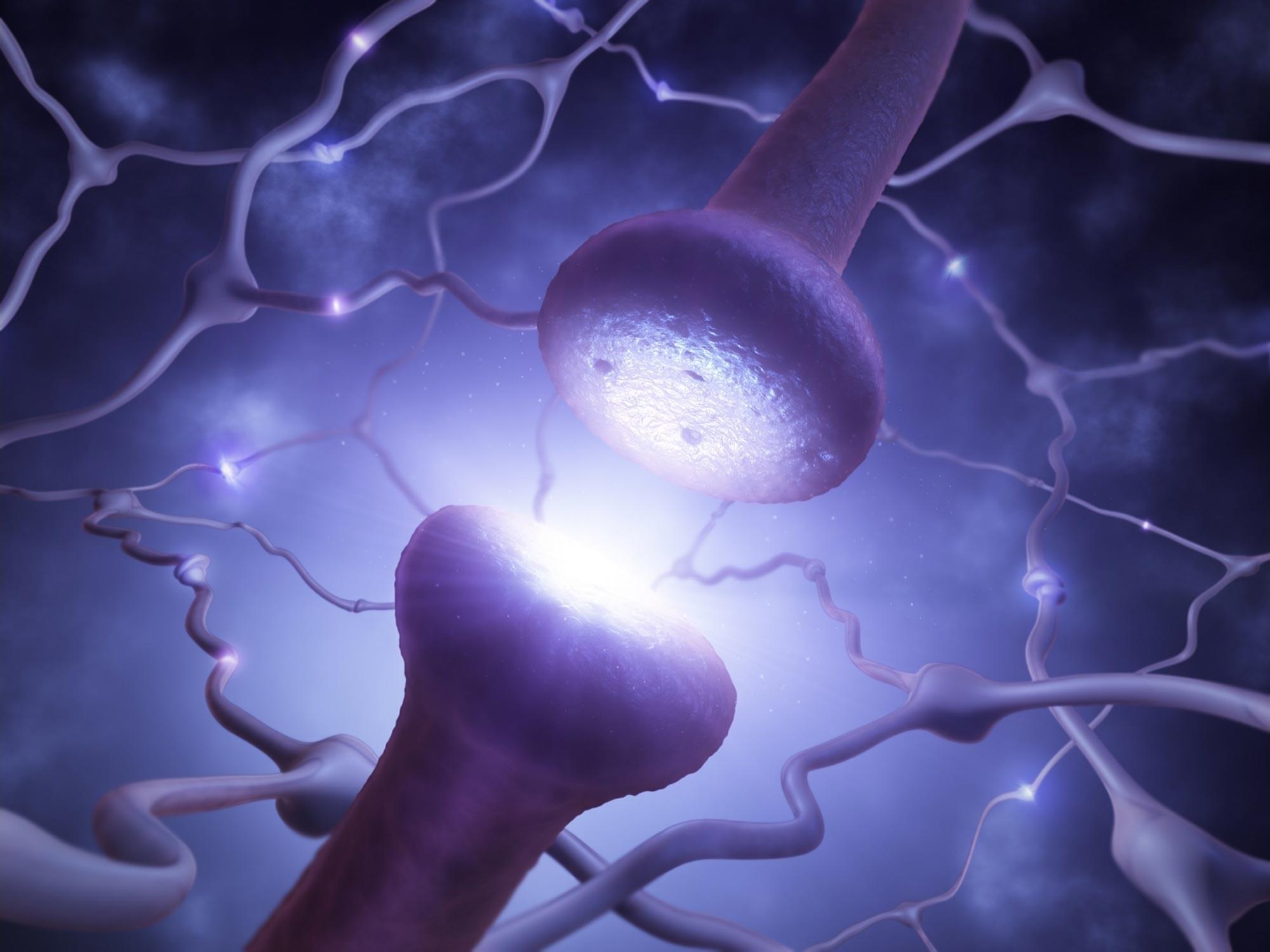Living to 100 may sound like a dream, but thanks to advancements in anti-aging and longevity research, it’s becoming more of a realistic goal than ever before. While genetics play a role, experts say your daily habits have a major impact on how gracefully—and healthfully—you age. From diet and movement to mindset and skincare, there are key lifestyle shifts and science-backed secrets that can help slow the aging process, boost vitality, and support a longer, more vibrant life.
Robert Love, a neuroscientist, shared three anti-aging and longevity secrets you should know about if you want to “slow down aging” and “even help reverse aging.” According to him, prioritizing sleep, avoiding ultra-processed foods, and taking healthy supplements are some of the best options. Read on to learn more.
Prioritizing sleep is one of the most powerful (and underrated) anti-aging tools you have. During deep sleep, your body goes into repair mode—producing growth hormone, regenerating cells, and fixing damage caused by stress and environmental factors. This nightly “reset” helps keep your skin, organs, and even brain functioning optimally.








